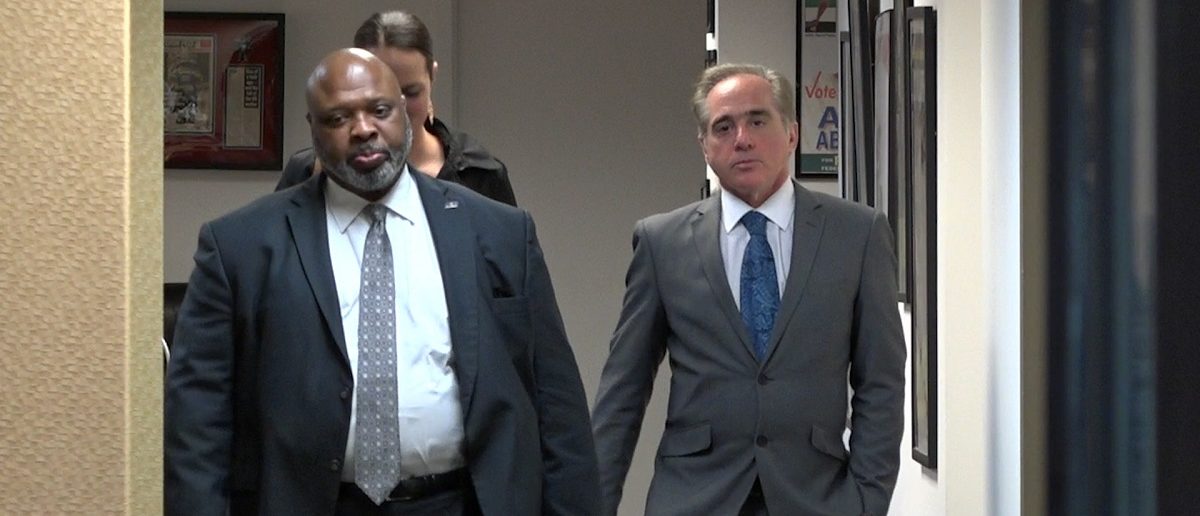
WASHINGTON — Department of Veterans Affairs Secretary David Shulkin will be reorganizing the agency from top to bottom, starting with national headquarters essentially taking over and consolidating oversight of VA medical centers in 12 states. This is a historic change for the VA.
Three regional directors who oversaw 23 hospitals serving nearly 3 million veterans are removed, and their offices report now to a new executive in Washington.
Two of the directors opted to retire — Michael Mayo-Smith, who oversaw VA medical centers in New England, and Marie Wheldon, director of VA hospitals in Arizona, New Mexico and Southern California. The third, Joseph Williams, was reassigned. He had supervised VA facilities in West Virginia, Maryland and Washington.
Shulkin’s moves follow an inspector general report released Wednesday that found local, regional and national VA officials knew for years about severe financial and equipment mismanagement at the Washington VA medical center but didn’t fix the issues. Various national policy offices had received reports about the problems dating back to 2013, but Shulkin had not been informed, the inspector general said.
“I recognize this as a system failure issue, and this isn’t just about fixing the specific problems that the report mentions,” he told USA TODAY. “Essentially this is the opportunity to address similar issues around the country.”
Shulkin assigned Bryan Gamble, a former private-sector health care executive who has been working at the Orlando, Fla., VA medical center, to take over oversight of the three regions and to lead an effort to draft a plan to reorganize VA regional governance as a whole by July 1. Since the 1990s, the agency hospitals have been divided into regions, each with its own director. Currently there are 21 such regions. Those directors then report to national headquarters.
But over the years, the extra layers of bureaucracy have grown, defusing accountability and at times throwing up barriers to improvement of front-line health care provided to veterans.
For example, VA officials at the local, regional and national level knew for years about widespread falsification of patient wait times before a national crisis exploded in the headlines in 2014. The secretary at the time, Eric Shinseki, was not aware of the breadth of the problems. He resigned amid the fallout.
VA officials at multiple levels also knew about dangerous rates of opiate prescriptions doled out at a VA medical center in Wisconsin, but the issue wasn’t fixed until news reports revealed a veteran died from mixed drug toxicity at the hospital in 2015.



